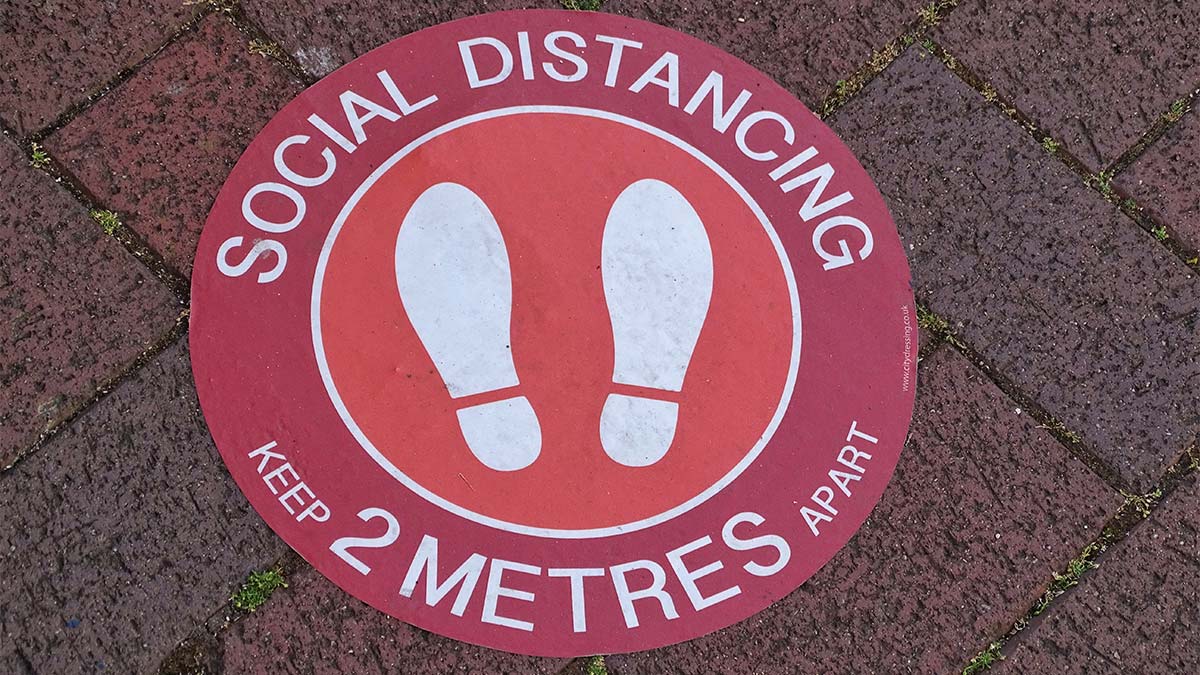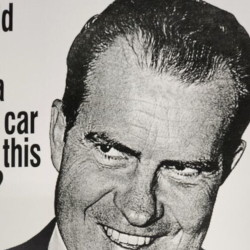Many reports have tried to identify the impact of the crisis on people’s behaviours. Of course, no-one knows for sure what will happen, but one thing is certain: Many of the behaviours adopted amid the lockdown weren’t people’s own choices. Instead, they were forced to adopt them when the environment changed.
Most of us experienced change. For example, switching from the office environment to working from home, remembering to wash or sanitise our hands more often than usual and restricting our grocery shopping when it would be a habit to pop out two, three or more times a day. Changing customer habits is no mean feat, but it offers brands opportunities to break old habits and create new ones.
Of course, some pre-crisis behaviours will make a comeback. After this period of deprivation, people will feel they finally are able to do the things they’ve been waiting for. In uncertain times, it feels reassuring to go back to things the way they were.
What does this mean for marketeers? For a start, consumers’ stated intentions of what they think they will do differently is not to be trusted. You can see how fast the environmental conscientiousness went out of the window when people, despite stating otherwise, went back to driving to work in many parts of the world as economies reopened. Usually the goal for marketeers is getting people to adopt new consumption habits – this time it’s how to keep them going once life gradually returns to normal.
The anatomy of a habit
A habit is highly automatic. We don’t think much about it, for example, brushing our teeth or taking the same route to go to work every day. Automating behaviours saves mental energy. A habit also depends on its environment and if that changes then the habit can be weakened. Getting a takeaway coffee for your commute (the habit) becomes irrelevant as the trigger (need to go to work) disappears. The opportunity comes for marketeers when either the commute resumes or work from home becomes the new normal. How do they respond?
It’s tempting to resort to marketing campaigns only but habits are hard to change, partly because they also to act as a filter that makes us less sensitive to change in the context. To influence habits, we need to use a broader set of tools from behavioural science to find ways to influence behaviours at personal, social and contextual levels.
Personal influences help address the issue that more often than not, information and awareness are not enough to bring about change. If they were, words and pictures on cigarette packages about the consequences of smoking should have stopped every smoker in the world! Instead, we need to consider people’s identities, beliefs, emotions or cognitive limits when influencing behaviours
Social influences are about using the actions and approval of others to influence people’s behaviours – either to give cues on how to behave or to pressure them to conform. These influences are often seen as information about popular choices on a menu, the popularity of services such as Yelp and why social media influencers have so much power.
Contextual influences play on the notion that we are influenced by how and when things are presented to us. Framing people’s decisions, simpler choices and reminding them at the right time can be very effective at creating and maintaining the right behaviours. It can also be about shaping environments. Where campaigns failed, legislation about smoking areas succeeded in decreasing behaviours, because it added steps to the process and ultimately made it less social and enjoyable.
Go with the grain
Why do these work? Because they go with the grain of human nature. They take into account that we use a simplified version of the reality to decide, based on predictable shortcuts and approximations.
How does this look in practice? Let’s look at three, ‘real world’ opportunities for brands:
- PERSONAL INFLUENCE: Frame the desired behaviour so that it aligns with the customer’s values, identities or interests. For example, to drive consumption of plant-rich foods, changing the language used to describe them from functional descriptors to ones more in line with people’s preferences can be a highly effective strategy. Referring to provenance or flavour works better than ‘meat-free’ or ‘vegan’ because the latter are more closely tied to a consumer’s values and potentially conflict with a person’s identity.
- SOCIAL INFLUENCE: Socialise the right behaviours. People tend to copy the actions of others – in good and bad. If we’ve been influenced by panic-buying, how about a campaign ‘heroing’ people performing generous and equitable behaviours? In the same vein, isn’t there an opportunity for e-commerce websites to display a message encouraging equitable behaviour when people fill their shopping basket? Making good, desirable behaviours seem common and popular can be highly effective, whereas drawing attention to bad behaviour (such as some members of the public not following social distancing rules) can backfire by normalising it and making people feel it is more acceptable.
- CONTEXTUAL INFLUENCE: Use prompts and reminders that help maintain a habit beyond the initial stage of high motivation. They are also a very useful tactic to help perform the behaviour in situ, at the moment and the location where it is meant to take place. The Doconomy credit card that helps people track their carbon footprint is a great example of this, where consumers are forced to confront the environmental consequences of their purchase at the time they are buying. Visual reminders of hand sanitising in supermarkets and other public places work in the same way.
Every situation will be different and should start from a proper diagnosis of the challenge, but thinking in terms of personal, social and contextual influences will open up possibilities, including going beyond messaging. Personal influences will help address people’s cognitive limits, social influences will rely on the influence of the group and trusted sources and contextual influences will help embed the habits where and when it should take place.
The Covid-19 crisis is shaking up people’s habits – marketers shouldn’t miss this opportunity to create new habits or break old ones. For this work, they need to think beyond campaigns and, instead, look to behavioural science which provides a holistic set of tools to effectively influence habits.
Featured image: Belinda Fewings / Unsplash


































